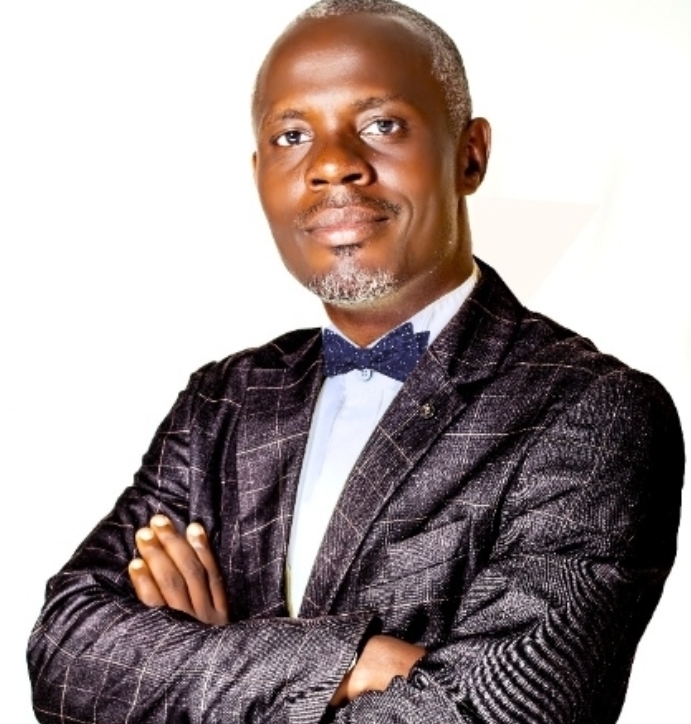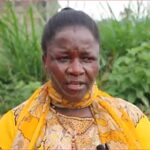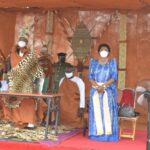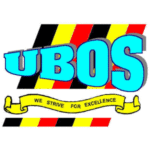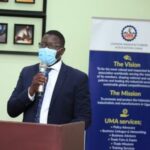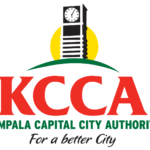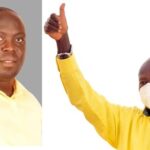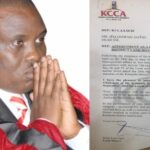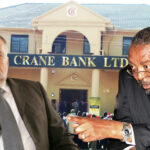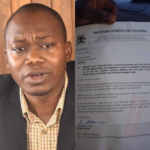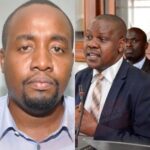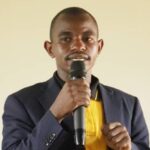By Keffa Mafumo
President Yoweri Kaguta Museveni’s Wealth Creation Agenda is the best strategy for fighting poverty in households, Keffa Mafumo has elaborated.
Since President Museveni captured power in 1986, he has introduced several poverty eradication programs, such as NAADS, EMYOOGA, NISAF, and the current Parish Development Model (PDM). These programs aim to combat poverty at the household level.
For starters, the Wealth Creation Agenda (WCA) typically refers to a strategic plan or initiative aimed at generating wealth, economic growth, and prosperity for individuals, communities, and nations. The agenda often focuses on:
1. Entrepreneurship development
2. Investment promotion
3. Job creation
4. Innovation and technology
5. Education and skills development
6. Infrastructure development
7. Economic diversification
The Wealth Creation Agenda is implemented through various programs, policies, and initiatives, such as:
1. Business incubators and accelerators
2. Mentorship programs
3. Access to finance and funding
4. Tax incentives and policies
5. Trade and investment promotions
The ultimate goal is to create a thriving economy that benefits all stakeholders, promotes financial inclusion, and reduces poverty.
When examining President Museveni’s achievements, it is evident that these efforts are progressing, leading to a gradual reduction in poverty levels.
Recently, while monitoring PDM performance in Bududa and Butiru, President Museveni challenged leaders, particularly chairpersons at different levels and sub-county chiefs, to document the beneficiaries of the Parish Development Model. This, he said, would help the government track the program’s effectiveness.
The President emphasized that by collecting data on the beneficiaries (families) per parish, the government could monitor how many people have benefited from the PDM. His plan is to allocate UGX 100 million to 100 homesteads per year.
This means that in three years, 300 homesteads would be covered. In the third year, those who received UGX 1 million would start returning it. Consequently, within five years, each parish would have UGX 500 million from new funding and an additional UGX 300 million returned by previous borrowers, making it UGX 800 million in their parish bank. Over two terms, the parish could accumulate UGX 1.6 billion.
On October 15, 2023, a beneficiary, Mr. Namukhono from Manafwa, received UGX 1 million through the PDM. After withdrawing UGX 990,000 (after a UGX 10,000 bank charge), he purchased a heifer for UGX 700,000 and two pigs at UGX 100,000 each.
Six months later, he sold the cow for UGX 1.2 million and earned UGX 200,000 from selling four piglets. He used the total UGX 1.4 million to purchase an in-calf cow, which has since given birth and provides five liters of milk daily. Impressed by his success, President Museveni supported him with UGX 12 million to buy two additional cows and expand his dairy project.
Similarly, Mr. Moses Kutosi, another PDM beneficiary from Shanemba Village, Bududa District, received UGX 980,000 in 2023. He used the funds to purchase three pigs for UGX 300,000. One pig produced nine piglets, five of which he sold for UGX 500,000.
Later, he sold two original pigs for UGX 1.6 million, which he used to buy a heifer. The cow now provides four liters of milk daily, earning him UGX 4,000 per day, UGX 28,000 per week, and UGX 112,000 monthly. However, he expressed concern about the high costs of animal feed, especially for pigs, which affects his enterprise.
The PDM is a government strategy aimed at eradicating poverty and fostering socio-economic transformation in Uganda. By focusing on the parish as the lowest administrative and operational hub, it delivers inclusive and sustainable development through production, financial inclusion, and improved service delivery.
Keffa Mafumo is an Assistant Private Secretary to President M7 on Youth Affairs.
![]()

